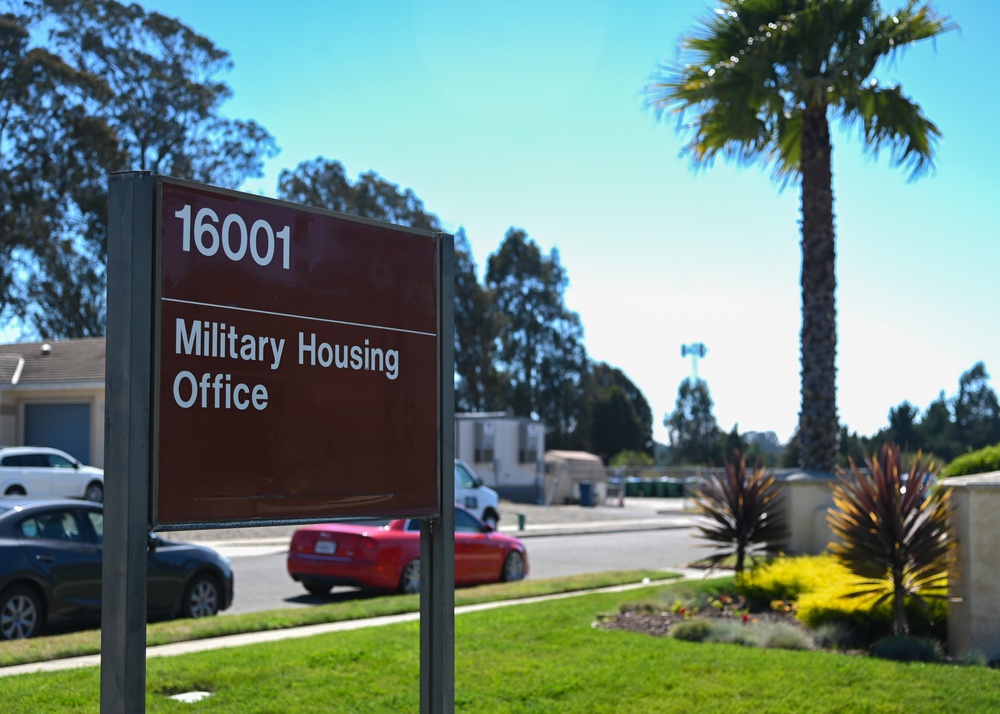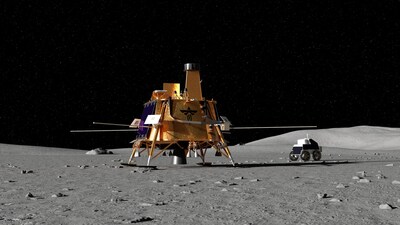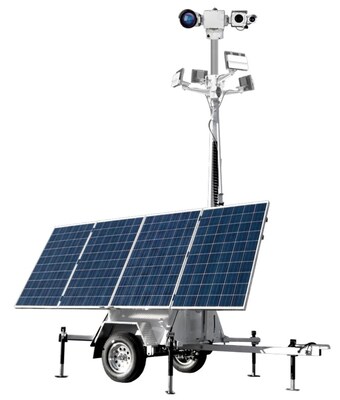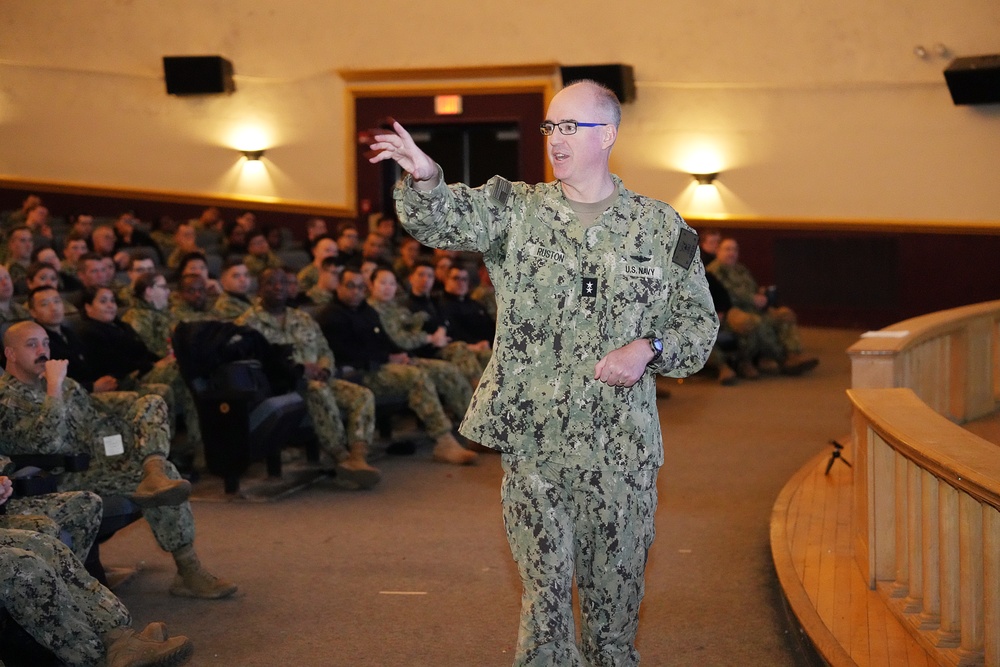America’s First Corps serves as the U.S. Army’s primary executor of Operation Pathways working with Allies and partners across a vast Indo-Pacific driving readiness in this complex region.
As a campaigning initiative, Operation Pathways reflects the U.S. Army’s broader objective of ensuring a free and open Indo-Pacific.
Each year, Pathways can result anywhere from 30-40 major exercises spanning across more than 10 countries working in various training locations, environments and time zones.
Due to the demands and requirements to accomplish mission success, the Joint Base Lewis-McChord-based command calls upon the U.S. Army Reserve and National Guard respectively to support such a vital mission with national security implications.
Most recently, this level of integration was on full display during Yama Sakura 87, the trilateral scenario-driven command post exercise held each year in Japan.
U.S. Army Reserve units across the world were brought together to support, sustain and protect elements across Japan during the concurrent Yama Sakura 87 and Warfighter 25-02 exercise, elevating the combined joint effort with their partners in First Corps and across Allied forces in the Australian Army and Japan Ground Self Defense-Force.
First Corps understands the importance and value the Army’s Reserve and National Guard components offer to increase capacity and capabilities to Pathways exercises like Yama Sakura, and they depend on the unique skill sets these formations and Soldiers bring to the table.
“We have five mission support commands just supporting America’s First Corps for this mission,” said U.S. Army Sgt. Maj. Carol Balderas, the Army Reserve Affairs Senior Enlisted Advisor at First Corps. “Of that, there are upwards of 324, plus or minus, that are participating in this Operation Pathways exercise.”
Sgt. Maj. Balderas continued, stating this number represents U.S. Army Reservists assigned from the 200th MP Command, Army Reserve Civil Affairs personnel, U.S. Army Civil Affairs and Psychological Operations Command, as well as several Main Command Post-Operational Detachments brought to improve logistics, operations and communication with interpreters working with Japanese counterparts.
“Being able to integrate the COMPO 3, the Army Reserve Soldiers, into Pathways allows the Soldiers to apply those critical thinking skills firsthand with their Active Component counterparts and they learn from them,” stated Balderas.
One of these Soldiers, Sgt. 1st Class Naohau Tsuboi, who serves as an interpreter assigned to the U.S. Army Reserve’s 9th Mission Support Command Japan Detachment, was a vital part of mission success helping coordinate efforts between key players and functions in the exercise by translating briefs, meetings and documents.
“I was born and raised in Japan, so I understand the Japanese culture,” said Tsuboi. “But I spent a long time in the states of course, and now I’m an American citizen so I understand the American culture as well.”
Tsuboi reflected how his experiences across both walks of life improved coordination and planning functions in the face of language barriers, and helped facilitate cultural exchanges between each nation’s forces.
“I’m always excited to talk about the mutual cooperation, the mutual understanding,” said Tsuboi. “Especially, I’m excited that I can help them [U.S. and Japanese] service members understand each other – that’s the biggest part I enjoy.”
It is not just the U.S. Army components that employed these reserve forces to support Yama Sakura. Military reservists from the U.S. Navy were brought out to help coordinate efforts to make the training as realistic as possible.
U.S. Navy Cmdr. Andrew Thornburg, a reserve anti-submarine officer with 7th Fleet, acted as a liaison officer during the exercises, working with components across the Japan Ministry of Defense, Australian Defence Force, and U.S. personnel, to contextualize the realities of coordination in large-scale operations in the Indo-Pacific during the exercise.
“We brought people with expertise in sustainment, we brought people with expertise in surface operations,” Thornburg said. “Several of us are submarine experts and know maritime planning. Of course, we have the air component as well, so we brought some pilots out. They were extremely helpful.”
For several of these reservists, Yama Sakura 87 and Warfighter 25-02 provided the first opportunity for them to serve beyond the United States’ border bringing a unique experience to their Army experience and personal fulfillment.
For U.S. Army Spc. Alvin Corado, a military policeman assigned to U.S. Army Reserve’s 396th Military Police Detachment, this was a unique opportunity to support efforts at Camp Asaka, Japan.
“This is my first time being out [of] the country,” Corado said. “Working with different countries and how they establish their work has been an amazing experience.”
Corado’s patrol partner, Spc. Cole Schuymanski, share similar sentiments when speaking about his experiences during the exercise.
“The best part is just getting to work with our Japanese and Australian Allies,” reflected Schuymanski. “Getting to work with our policing, getting to work with our dialog, seeing the differences on their methods.”
| Date Taken: |
12.18.2024 |
| Date Posted: |
12.18.2024 22:43 |
| Story ID: |
487822 |
| Location: |
CAMP ASAKA , JP |
| Web Views: |
3 |
| Downloads: |
0 |
PUBLIC DOMAIN

This work, U.S. Army’s First Corps leverages Total Army, Joint Force approach to mission success, by SGT Caleb Woodburn, identified by DVIDS, must comply with the restrictions shown on https://www.dvidshub.net/about/copyright.



![DVIDS – Images – Staff from the Office in Charge of Construction Marine Corps Marianas conduct a site visit [Image 1 of 6] DVIDS – Images – Staff from the Office in Charge of Construction Marine Corps Marianas conduct a site visit [Image 1 of 6]](https://101veterans.com/wp-content/uploads/2024/12/dvids_logo_20_main.png)

 Private Internet Access gives you unparalleled access to thousands
of next-gen servers in over 83 countries and each US state. Your
VPN experience will always be fast, smooth, and reliable.
Private Internet Access gives you unparalleled access to thousands
of next-gen servers in over 83 countries and each US state. Your
VPN experience will always be fast, smooth, and reliable.









